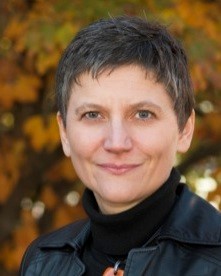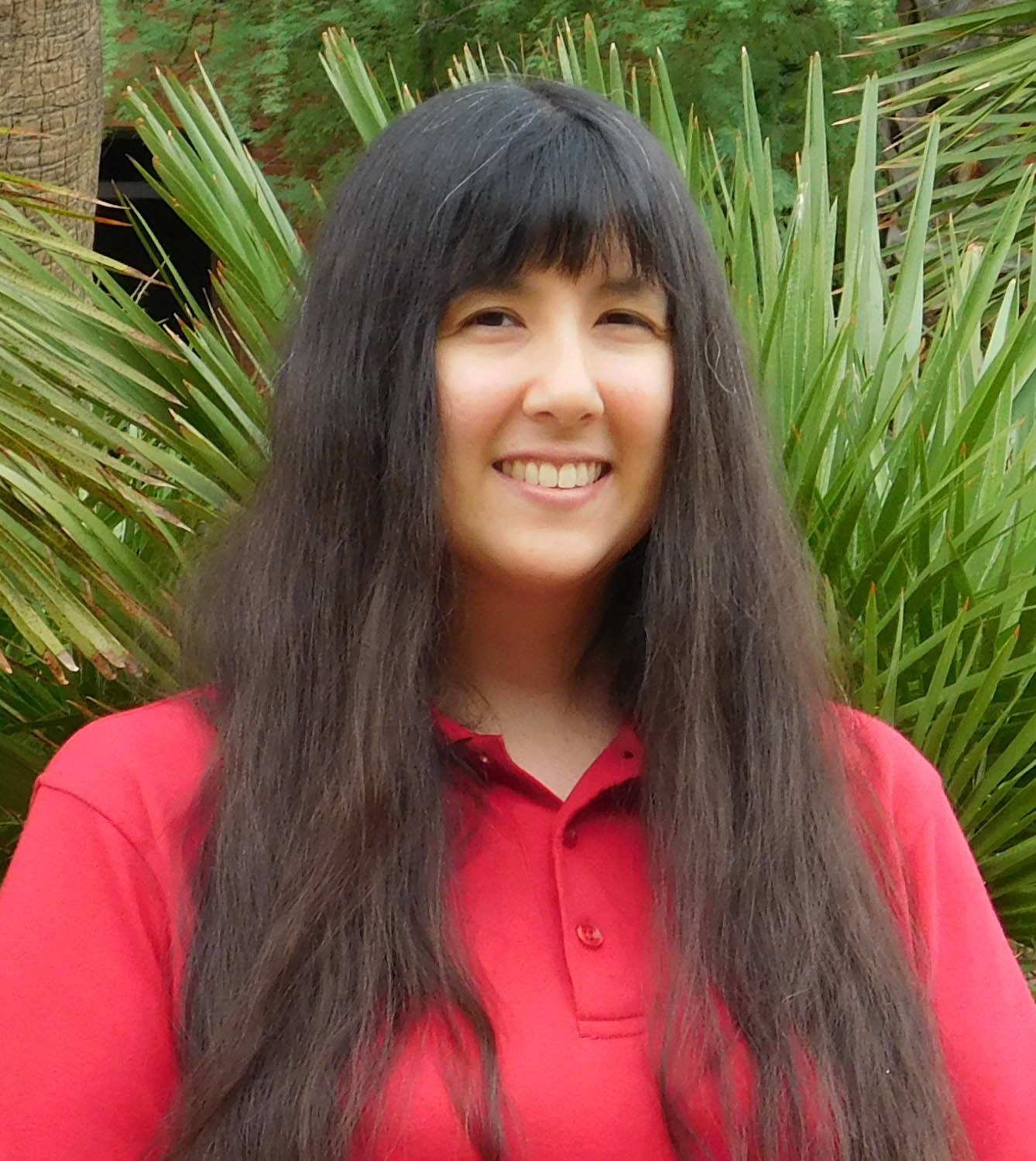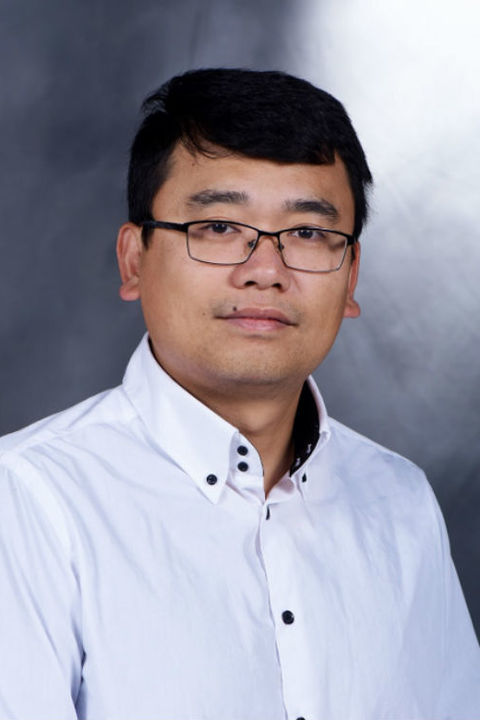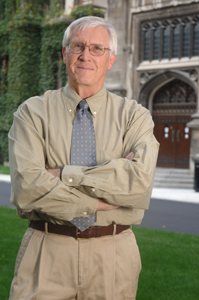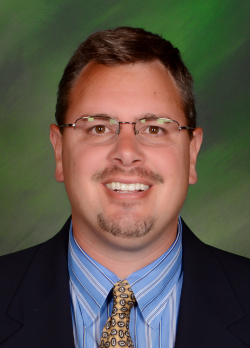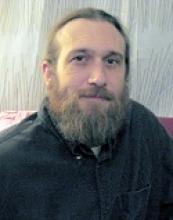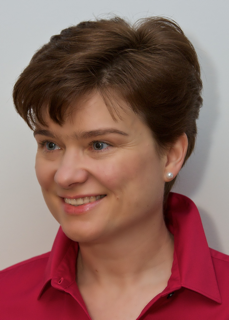Timeline
Tushar Athawale is currently working as a postdoctoral fellow at the University of Utah’s Scientific Computing & Imaging (SCI) Institute since October, 2016 with Prof. Chris R. Johnson as his advisor. He received his Ph.D. from the University of Florida in May, 2015, and he worked with Prof. Alireza Entezari during his course of pursuing Ph.D. Before joining the SCI, he worked as an application support engineer under the supervision of Robijn Hage in MathWorks, Inc., the developer of the leading computing software MATLAB. His primary research interests are in uncertainty quantification and statistical analysis for visualization of scientific data.
Prior to joining Amazon Web Services (AWS) Kevin Jorissen worked as an academic research scientist in X-ray and electron spectroscopy and computational materials science. He was the lead developer of the FEFF code. He developed a “Scientific Cloud Computing” platform for high-accuracy calculations of spectroscopy that are too big for a user’s computer system. He organized a planning meeting on policies to professionalize materials science computing. He believes that science will flourish if we can give all researchers access to state-of-the-art computational tools. Jorissen’s current position is business development manager with the Scientific Compute (SC) group of AWS meets that goal by creating cloud-based resources for typical SC workflows – immediately available to any researcher anywhere. The accessibility offered by cloud-based SC becomes increasingly important as non-traditional SC users emerge in applied sciences and sciences that were until very recently not quantitative or data-driven.
Michela Taufer holds the Jack Dongarra Professorship in High Performance Computing in the Department of Electrical Engineering and Computer Science at the University of Tennessee Knoxville (UTK). Before to join UTK, she was Professor in Computer and Information Sciences and a J.P. Morgan Case Scholar at the University of Delaware where she also had a joint appointment in the Biomedical Department and the Bioinformatics Program. She earned her undergraduate degrees in Computer Engineering from the University of Padova (Italy) and her doctoral degree in Computer Science from the Swiss Federal Institute of Technology or ETH (Switzerland). From 2003 to 2004 she was a La Jolla Interfaces in Science Training Program (LJIS) Postdoctoral Fellow at the University of California San Diego (UCSD) and The Scripps Research Institute (TSRI), where she worked on interdisciplinary projects in computer systems and computational chemistry. Taufer’s research interests in high performance computing include scientific applications, scheduling and reproducibility challenges, and big data analytics. She has nearly 100 publications and delivered nearly 80 talks at various conferences and research institutes. She is currently serving on the NSF Advisory Committee for Cyberinfrastructures (ACCI). She is a professional member of the IEEE and a Distinguished Scientist of the ACM.
Kate Isaacs is an assistant professor in the Department of Computer Science at the University of Arizona. Her research interests focus on visual techniques for analyzing computing software and systems. She received her Ph.D. in 2015 from the University of California, Davis. Prior to that, she completed a B.S. in computer science and a B.A. in mathematics at San Jose State University and a B.S. in physics at the California Institute of Technology.
Qiang Guan is currently an assistant professor in Department of Computer Science from Kent State University. He was a research scientist of Data Science at Scale team from CCS-7 Division and PI of BEE project (https://github.com/lanl/BEE) in Los Alamos National Laboratory. His research interests include, visualization, soft error fault injection, resilience in HPC.
Allen Sanderson is a Research Scientist at the University of Utah’s Scientific Computing and Imaging Institute. His interest lies in visualization and analysis of large data coming from application areas ranging from plasma physics to combustion. Recently he has focused on new ways to utilize in situ data analysis and visualization which often has him working directly on the science application infrastructure.
Paul A. Navrátil is an expert in high-performance visualization technologies, accelerator-based computing and advanced rendering techniques at the Texas Advanced Computing Center (TACC) at The University of Texas at Austin. His research interests include efficient algorithms for large-scale parallel visualization and data analysis (VDA) and innovative design for large-scale VDA systems. Dr. Navrátil’s recent work includes algorithms for large-scale distributed-memory ray tracing. This work enables photo-realistic rendering of the largest datasets produced on supercomputers today. He is Director of Visualization at TACC, where he leads research and resource provision for remote systems and local human-data interaction (HDI) environments. Dr. Navrátil’s work has been featured in numerous venues, both nationally and internationally, including the New York Times, Discover, and PBS News Hour. He holds BS,MS and Ph.D. degrees in Computer Science and a BA in Plan II Honors from the University of Texas at Austin.
Hank Childs is an Associate Professor in the Computer and Information Science Department at the University of Oregon. He received his Ph.D. in computer science from the University of California at Davis in 2006. Hank’s research focuses on scientific visualization, high performance computing, and the intersection of the two. Outside of his research, Hank is best known for his role in the VisIt project, a visualization application for very large data that is used around the world. Before joining UO, Hank spent over a dozen years at Lawrence Berkeley and Lawrence Livermore National Laboratories working in big data visualization.
Nicholas F. Polys is Director of Visual Computing with Virginia Tech Research Computing Group and Affiliate Research Professor in the Department of Computer Science. He has developed interactive 3D graphic content and systems for over 15 years. His research interests lie at the center of graphics and Human Computer Interaction: the intersection of visualization, virtual environments, and perception. After his undergraduate research in Cognitive Science at Vassar College (1996), he jumped into the networked information space of the WWW developing audio, visual, and 3D assets and software. His doctoral work at Virginia Tech (2006) examined perceptual cues and layout behaviors for Information-Rich Virtual Environments for desktop to immersive platforms. He is a member of ACM, IEEE Computer Society, and the Web3D Consortium. He is a co-author of the international standard (ISO) Extensible 3D (X3D), elected Director and President of the Web3D Consortium, and Chair of the Web3D Medical Working Group.
Kate Keahey is one of the pioneers of infrastructure cloud computing. She created the Nimbus project, recognized as the first open source Infrastructure-as-a-Service implementation, and continues to work on research aligning cloud computing concepts with the needs of scientific data centers and applications. To facilitate such research for the community at large, Kate leads the Chameleon project, providing a deeply reconfigurable, large-scale, and open experimental platform for Computer Science research. To foster the recognition of contributions to science made by software projects, Kate co-founded and serves as co-Editor-in-Chief of the SoftwareX journal, a new format designed to publish software contributions. Kate is a Scientist at Argonne National Laboratory and a Senior Fellow at the Computation Institute at the University of Chicago.


